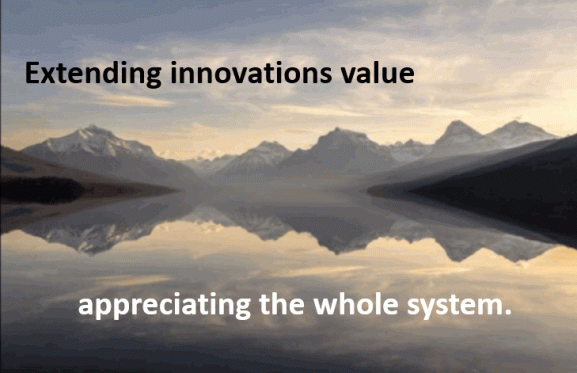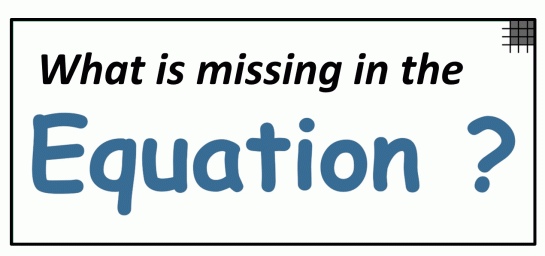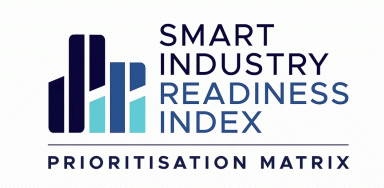 Most of us are very aware that Innovation can be fairly complex in what needs to be pulled together to take an idea or concept into a finished product.. We are also aware innovation often ‘flies’ in contradiction to the normal organization’s ways and wishes, especially the emphasis on working in structured, efficient and productive ways. Innovation can often be rather chaotic and discovery driven, it often is seen as counter-productive to the orderly state our organizations wish to achieve.
Most of us are very aware that Innovation can be fairly complex in what needs to be pulled together to take an idea or concept into a finished product.. We are also aware innovation often ‘flies’ in contradiction to the normal organization’s ways and wishes, especially the emphasis on working in structured, efficient and productive ways. Innovation can often be rather chaotic and discovery driven, it often is seen as counter-productive to the orderly state our organizations wish to achieve.
Yet it is that randomness, that serendipity, that sudden discovery that needs a different way of thinking and organizing innovation. It can still be well-structured and effective but it needs the opportunity to allow in accidental discovery, by-chance conversation, fortuitous moments that just seem to happen and occur as you are “open” to them. You need to have both structure and unstructured aspects to allow innovation to happen, evolve and eventually shape towards an outcome that changes the current status quo. Innovation should always challenge and question this status quo.
One of the useful ideas of using an external resource is to put additional coordinates into your innovation world, they see contradictions in a different way. They can assist in working through the conflicting signals, so as to help align innovation in helpful and thoughtful ways. Certainly, the innovator’s role is not an easy one inside the structured world of larger business entities.
Continue reading “Building the Coordinates into your Innovation World”
 We need to know how to unlock the real value of innovation both personally and within the organization, we work for. If we do not fully understand where the innovation capital comes from, how new capital and stock can be provided, innovation will remain tentative, always stuttering along.
We need to know how to unlock the real value of innovation both personally and within the organization, we work for. If we do not fully understand where the innovation capital comes from, how new capital and stock can be provided, innovation will remain tentative, always stuttering along.






